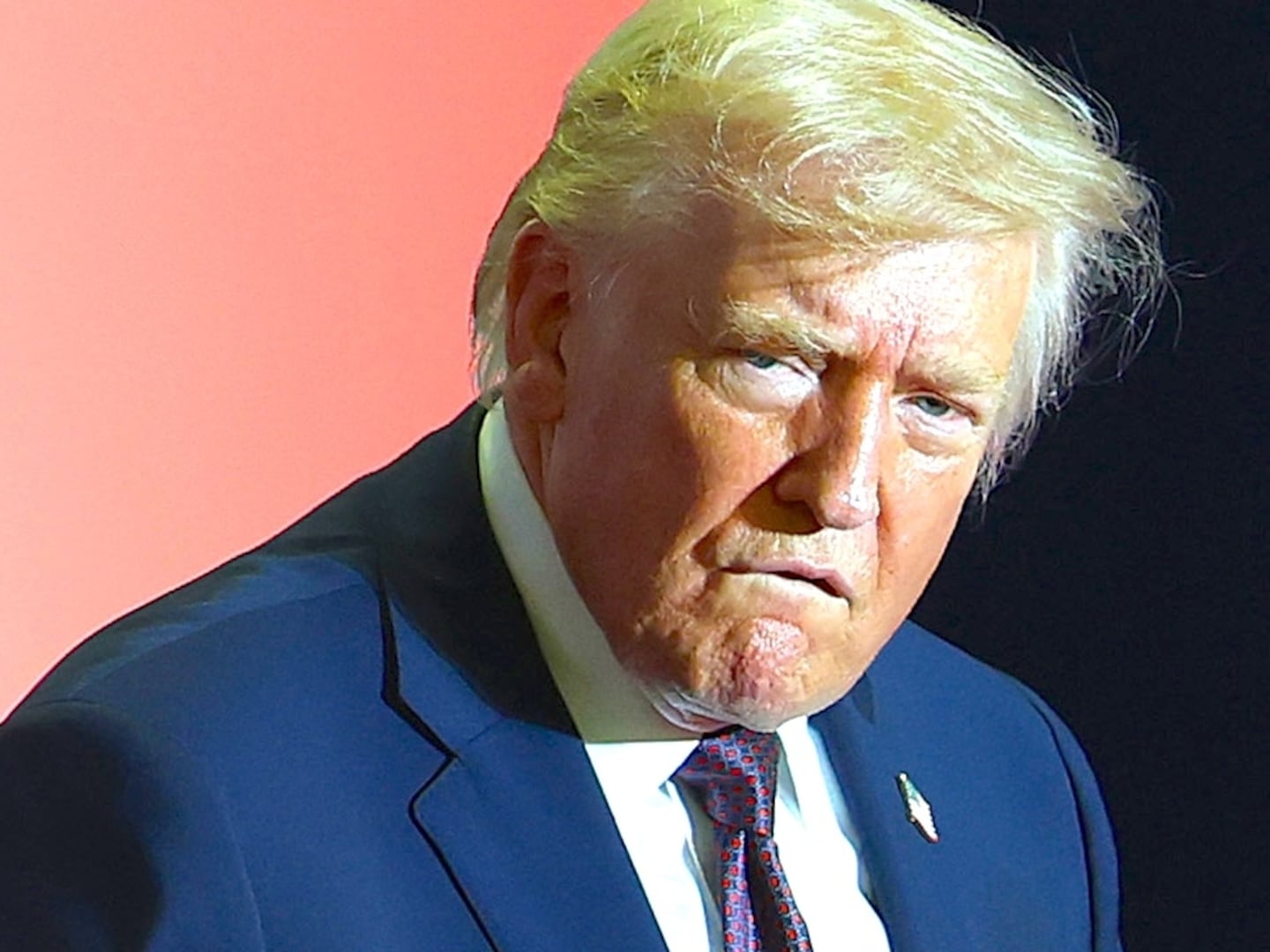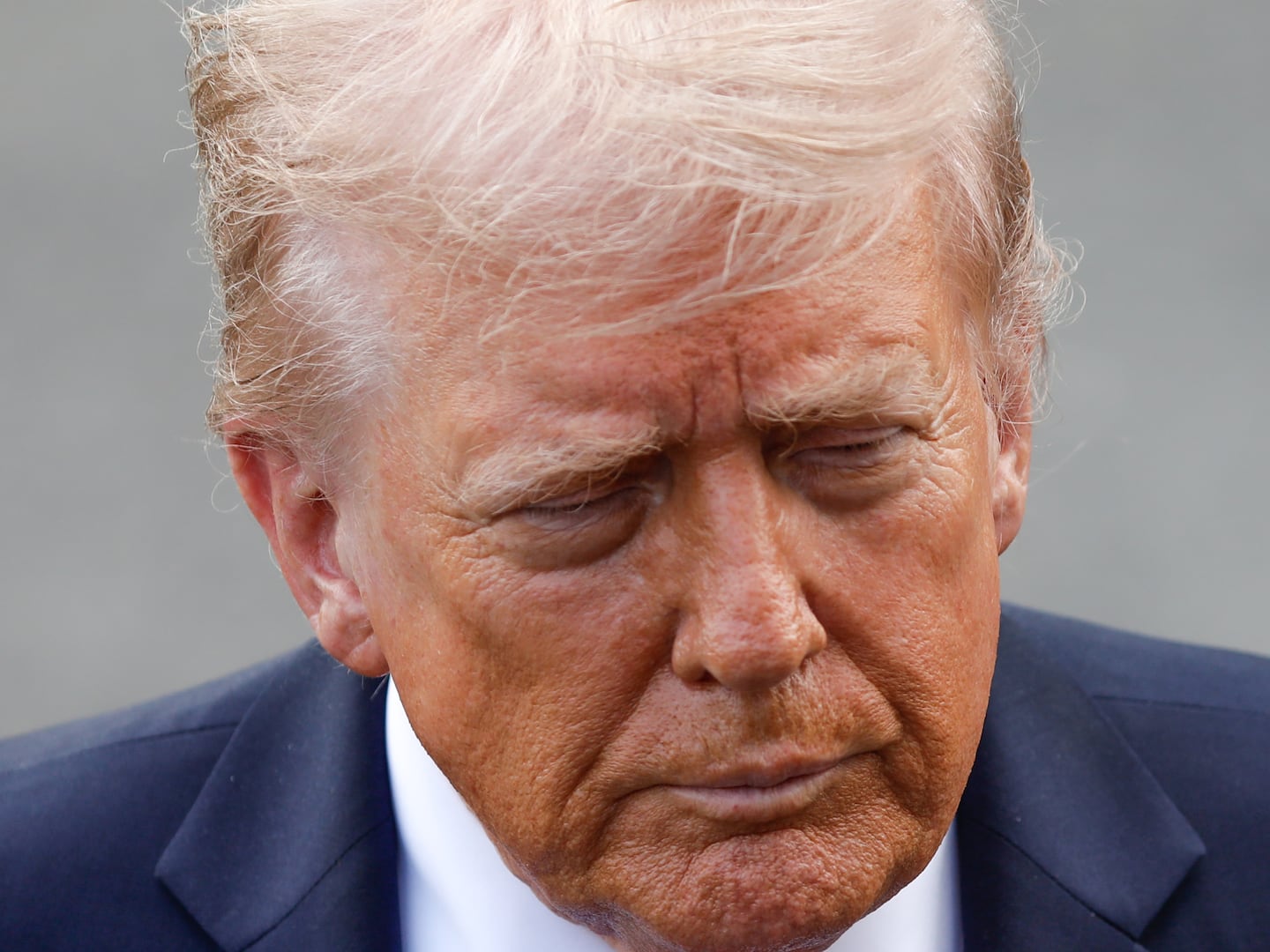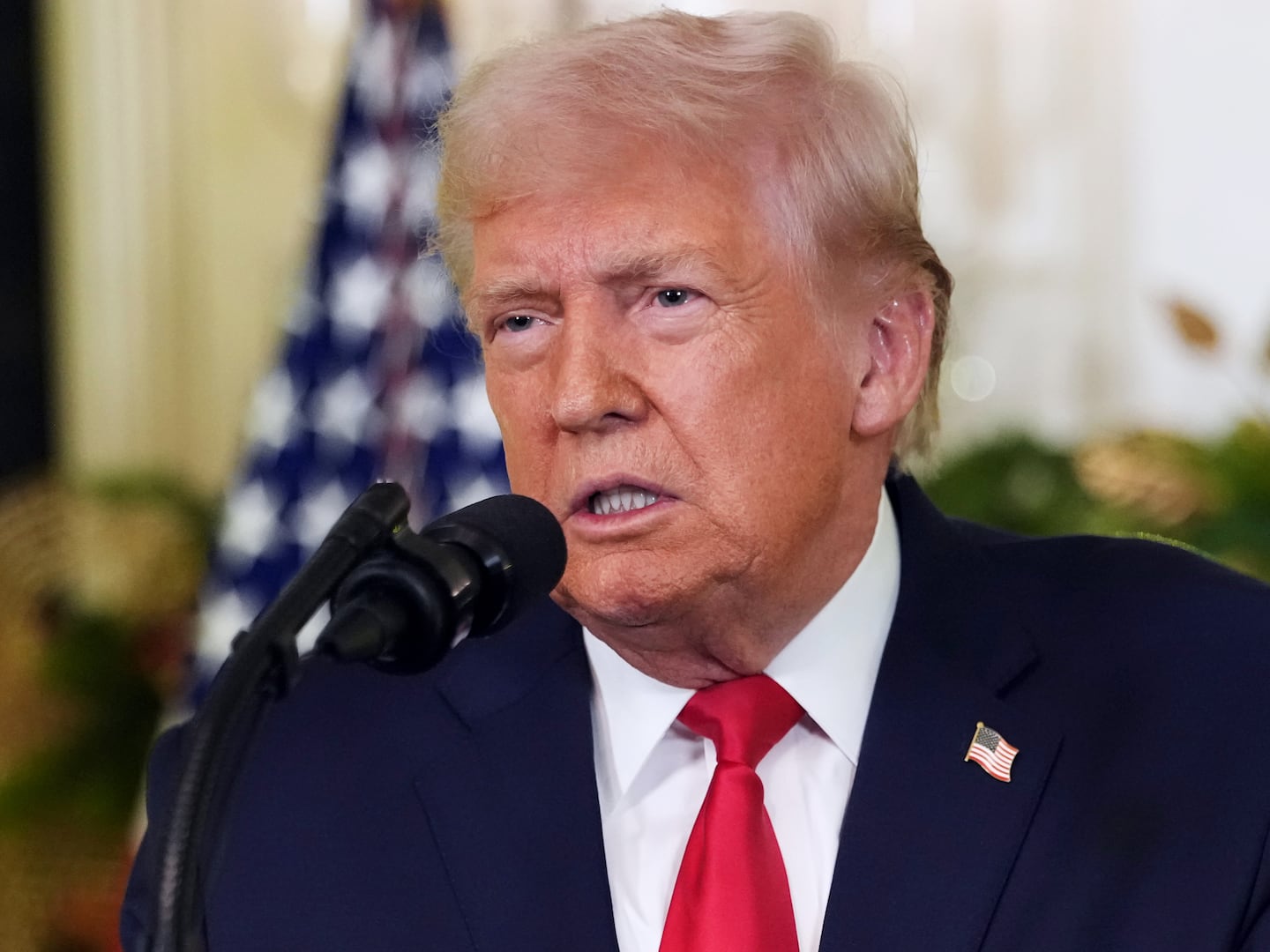Tom Friedman, known among China watchers for his sunny editorials about the world’s second largest economy, recently published an article entitled “The Shanghia Secret,” in which he argues that the Chinese city has built high-performing schools through a deep commitment to basics such as teacher training, and parent involvement.

Friedman is correct that the Chinese school system has its strengths—namely in knowledge based teaching such as math, science, and reading. However, he disregards its serious weaknesses. Ironically, the reason for Friedman’s articl —that Shanghai’s public secondary schools topped the world charts in the 2009 Program for International Student Assessment exams of 15-year-olds in 65 countries—could be one of those. In China, memorization and (consequently) the ability to perform on tests are the keys to academic success, rather than the ability to think or question.
As Adam Minter writes in a response to Friedman’s article, on Bloomberg.com, the Chinese are deeply aware of these shortcomings, and are currently embroiled in a debate about how to correct them. Not long ago, for example, one story went viral on Chinese social media —a hypothetical comparison of how “Cinderella” would be taught in China and in the West—that demonstrates the rigid and painful way Chinese schools teach. In Western schools, students are encouraged to speak their minds after reading stories like “Cinderella.” Some of the kids might remark that Cinderella’s stepmom was horrible, while others would say the lesson was that a girl should always dress up so that she can catch attention of a prince. Then they might put on a play based on the story. The kids would come away from the lesson with the impression that reading and learning are fun.
In comparison, the teachers in Chinese schools would divide the story into a few major parts, boiling down the story of each into a “thesis” that students could memorize for a test. One thesis might be that capitalistic society is superficial and divided by class—after all, Cinderella had to exchange her maid’s rags for a ball gown in order to receive love. The teacher would discourage any alternative explanations, since they wouldn’t be on the test. A timeless fairytale of true love and magical transformation would be reduced to a boring exercise in memorization and obedience.
The story rang true to me. Two decades ago, I studied a very similar lesson as a grade school student in Shanghai, when we had to read Hans Christian Andersen’s “The Little Match Girl,” a story about a poverty-stricken little girl who spends New Year’s Eve trying to sell matches to passersby. Though chilled to the bone, she is afraid to return home where she knows she will face a beating from her father. So she lights the few matches she has left to try to keep warm, and tragically freezes to death during the night.
Although the story was written by a Danish children’s writer in the 1800s, China’s Communist Party taught it as an example of capitalism’s brutality and heartlessness. There was one thing and one thing only we needed to remember about the story for the final exam: it was about the brutality and selfishness of capitalist society such that the protagonist’s very life depended exclusively on her commercial enterprise, and that capitalist class divisions promoted exploitation of poor workers like the little girl. It was a mouthful of a lesson, but after learning it once, you never had to memorize it again. This kind of lesson eventually became intuitive—it was a safe go-to answer on all our tests.
Drawn to the American values of individualism and freedom, I left Shanghai in 1996 to pursue a liberal arts education at Middlebury College in rural Vermont. Shockingly, in the years since, the way Chinese kids are taught has changed little, although China’s economy has developed and the society has modernized rapidly. Education remains first and foremost a device for drilling party ideology into impressionable minds. Material used in textbooks exemplifies and glorifies the party, showcasing how it takes care of its people, the way a parent does for a child, and how society should therefore be appreciative and obedient, ready to put self-interest aside when the party asks.
The Communist Party, acting through the Ministry of Education, still clings to Marxist and Maoist teachings because they are afraid to part with the bygone era—parting with it would mean reform, and the party inherently fears reform. They also want to ensure that certain lessons regarding loyalty to the party are continually enforced, especially among liberal, imaginative college kids—the very kind of kids who led the Tiananmen protests. A friend of mine, the mother of two teens and the CFO of a Chinese education company, told me as much in a recent conversation. “The government worries that if we don’t build a universal Communist ideology, their control over society will be significantly weakened,” she said. “So Chinese textbooks are designed to indoctrinate students to serve the party—not for our children’s edification. That’s my main problem with the Chinese system.”
Teaching ideology in itself is not a problem—every country in the world teaches some sort of ideology, after all. But the shortcoming of the Chinese system is in dictating which ideas are right or wrong, which stifles the creative instincts that are necessary to compete in an information economy. American schools prioritize democratic and capitalistic ideals, but they also encourage students to dare to be different, to think out of the box and take risks, to question authority figures, and to be leaders. The products of those ideologies are some of today’s greatest inventors, such as Bill Gates and Mark Zuckerberg.
What Americans make, the innovative Chinese make cheaper and often times with richer functionality. Xiaomi, for example, the hot Chinese smartphone maker that is valued at $10 billion and frequently called the Apple of China, overtook iPhone’s market share by retailing for one-third of the iPhone’s price. Tencent, a publically traded Chinese tech company, offers its users a “Weixin” mobile messaging application that one-ups its American social media peers by incorporating voice texting.
But these innovations shouldn’t be confused with inventions. Inventions are original ideas, whereas innovations are ways of better commercializing those ideas to encourage people to buy products. Most of China’s innovations have little proprietary technology and merely ride free on American research and development.
China was not always lacking in inventive ability. In ancient times, the nation was the birthplace of the “Four Great Inventions” of papermaking, the compass, gunpowder, and printing. But Chinese society today suffers from the basic incompatibility between authoritarian regimes and the creativity needed to foster invention. That incompatibility begins in an education system that is wary of encouraging original thinking and potentially disobedience.
Ultra-Competitiveness Stifles Collaboration
The American education system also outperforms the Chinese system in teaching collaboration, through both group work in the classroom and teamwork on the sports field. An experiment conducted by a friend, a partner in the Shanghai office of an American private-equity firm, demonstrates this trend. He gave the same project to two groups of MBA interns, one from the Wharton School of the University of Pennsylvania and another from a leading business school in China. One group of students gave a well-balanced and coherent presentation. The members of the other team took turns upstaging one another for personal glory and ended up with contradictory conclusions.
Most Americans would predict that the Chinese group would give the organized report, while the Americans would be out for themselves. After all, books like Amy Chua’s Battle Hymn of the Tiger Mother emphasize the high caliber of performance of second-generation Chinese students. But no one should be surprised that it was actually the reverse. Chinese students—from China, that is—are taught only how to work for their own good, not how to cooperate to ensure the group’s success.
Sports provide another example. China is rightly proud of having won 51 gold medals at the 2008 Beijing Olympic Games, the most of any country. However, its only teams to win gold were in gymnastics and fencing, both intensely solo sports. American expat friends who play pick-up basketball and ultimate Frisbee in China have similarly commented that they have trouble with the go-for-glory playing habits of Chinese teammates. As one foreign friend explained to me, “In a moment of pressure, they go for the big shots, never for the smart side-pass. They rarely nail that shot.” I cannot help but think that even the sports culture reflects deeper flaws in China’s education system; that students are raised to be so competitive that even a basketball game cannot be shared equally among friends.
The “gaokao” system—the countrywide college entrance exam that is almost the sole factor determining where a student goes to college—has contributed to a cutthroat competitive learning environment. For years leading up the gaokao, students are frequently tested and ranked on a narrow set of subjects, leading to incessant backstabbing and bitter competition. This engenders a society bent on self-promotion, lacking almost entirely in any community values beyond the immediate family. This legacy persisted into adult life as well: a suspicious, zero-sum ethos pervades most Chinese work environments, limiting collaboration.
Knowledge-Based Education vs. the Liberal Arts Approach
The Chinese system does have some strong points, as Friedman’s article alludes to—for example, Chinese schools excel in knowledge-based teaching, in subjects like math and grammar. The American system should take a lesson from Asian countries in imparting basic skills. But when it comes to teaching how to think, not just what to think, Chinese schools significantly lag behind the liberal arts approach of most Western schools.
I know the differences in the Chinese and American educational systems well, as I experienced both worlds first hand. I grew up in Shanghai with a typical Chinese education and a father who embodied stereotypical “tiger parenting.” However, I left China in 1996 to attend Middlebury College, a small liberal arts school in Vermont, and I later attended business school at Columbia University. Today, I run a China-focused equity research firm based in New York, called JL Warren Capital.
I don’t know that I would have got to my current position without either my Chinese or my American education. My father and my Chinese education gave me discipline and perseverance, and he drilled into me the idea that “Where there’s a will, there’s a way.” His teachings were the source of my courage to achieve the seemingly impossible; to break into both the white-male-dominated world of Wall Street and the Chinese-male-dominated sphere of corporate China. But it was my American education that taught me integrity and curiosity, and gave me the confidence and skill set to question and dare to be different, to embrace new ideas, and to take risks to transform those ideas into a unique research business. The combination of the two gave me the strength, audacity and intelligence to compete on Wall Street and advance my career as a leader, not just a follower.
I was fortunate to be exposed to an education system that encouraged me to ask questions, even about my own education. Many Chinese students are not. Since their educations have been dictated to them from a young age, few among China’s younger generations feel they can protest, and many don’t even know how. They come away from these lessons believing that the purpose of education is to pass tests, no more, no less. Education is a series of hoops to jump through, not a process of self-improvement or self-discovery.
The costs to the Chinese economy are considerable. The wealthy spend millions of U.S. dollars overseas for private, international-style education. Graduates from international schools and universities often choose to remain abroad after graduation, unable to stomach returning to China once they step outside of the country’s constrained political and social system. At home, meanwhile, the children who have risen through Chinese schools to the top universities in China—an achievement that paves the way to the top jobs—are likely to be yes-men with uncannily good memories and little mental flexibility.
Instead of pumping money into sky-high tuition fees and passport-earning overseas investments, Chinese should be investing in their own education system. China’s economy has doubled in size and transformed in nature in the past decade. It’s time for the country’s education system to keep up.






